Inspiration.
Neeraj Jhanji was walking to a neighborhood train station in Tokyo in 1999 when he wondered if any of his friends were nearby. He looked at his mobile phone and thought “the phone knows where I am, it knows where my friends are, so why doesn’t it tell me?”. In that serendipitous moment, Neeraj’s life was changed. He immediately built and launched “imaHima”, a revolutionary mobile service that allowed users to share their location and status with their friends. The original version of imaHima displayed mobile ads based on the user’s location.
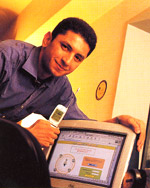

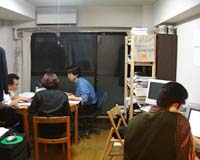


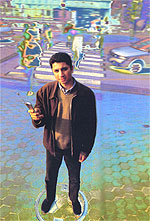
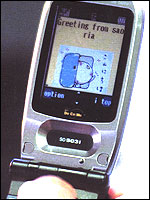
A runaway success.
imaHima became popular, quickly gaining half a million users. By May 2000, it had been featured on multiple national television networks in Japan, resulting in millions of hits that almost crashed the service. In April 2001, imaHima was featured in Wired magazine and in May 2001, imaHima was interviewed by CNN. In September 2001, imaHima won a distinction under “Net Vision” category at Prix Ars Electronica cyberarts competition in Austria.
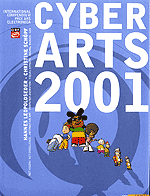

imaHima was the first mobile social networking service officially supported by all 3 Japanese mobile carriers NTT DoCoMo, KDDI and J-Phone (which is now Softbank Mobile). imaHima was also launched in Australia and in Switzerland.
Alas, imaHima was too early for its time.
![]()
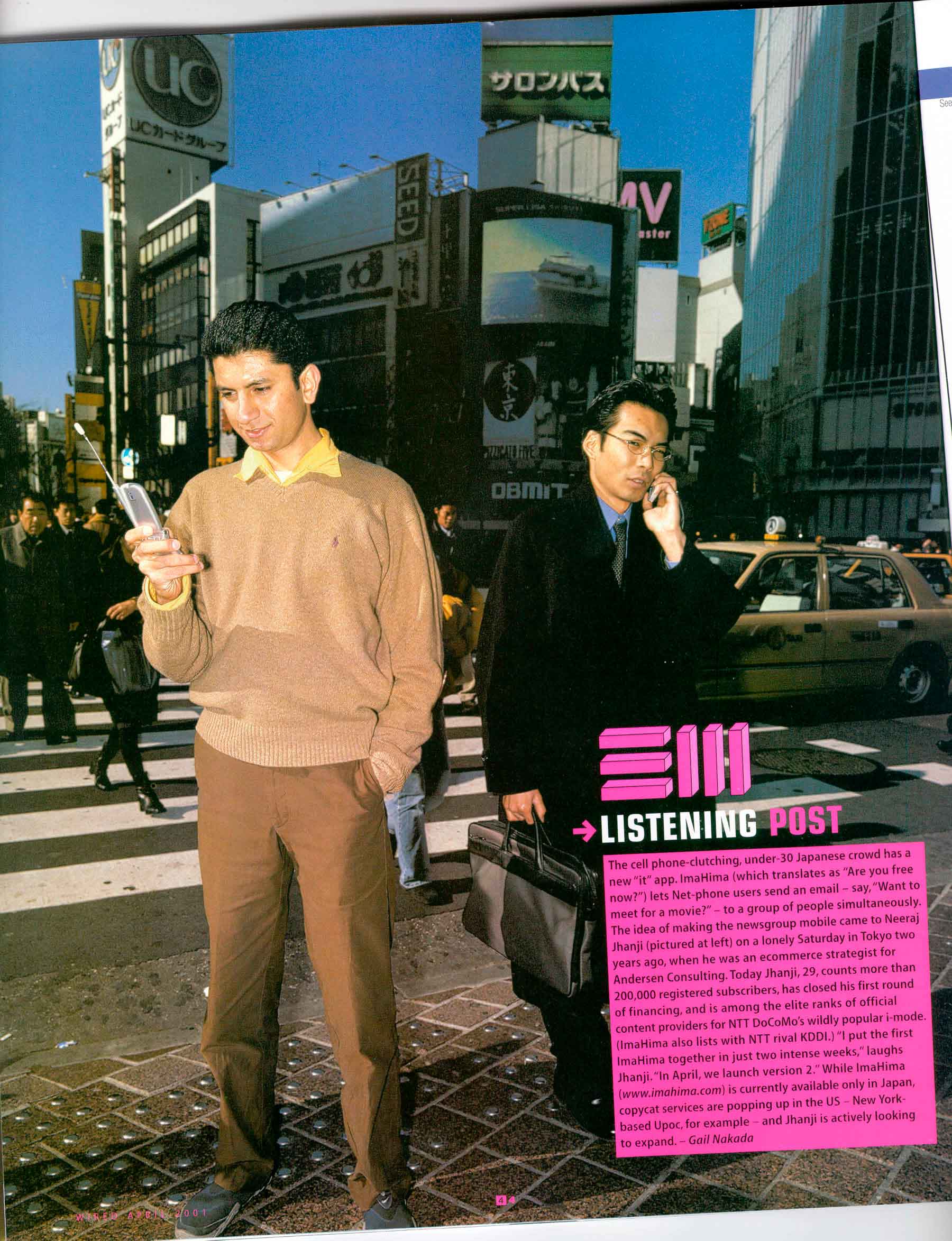
Mobile social media explosion
Over the next decade, a number of social networking and mobile services were launched around the world and “social” and “mobile” became the hottest areas in the tech sector and hundreds of millions of users use check-in and status updates multiple times daily to keep in touch with their friends.
The company has since launched several new services of its own or in collaboration with partners like mobile instant messaging (AOL iMessenger), online social gaming (Habbo Hotel Japan), lightweight issue-tracker for small teams (Colabolo), enterprise issue tracking and wiki (Atlassian Japan) and online convenience store billing (PayMe).
imaHima continues to create innovative software solutions for mobile communications.
